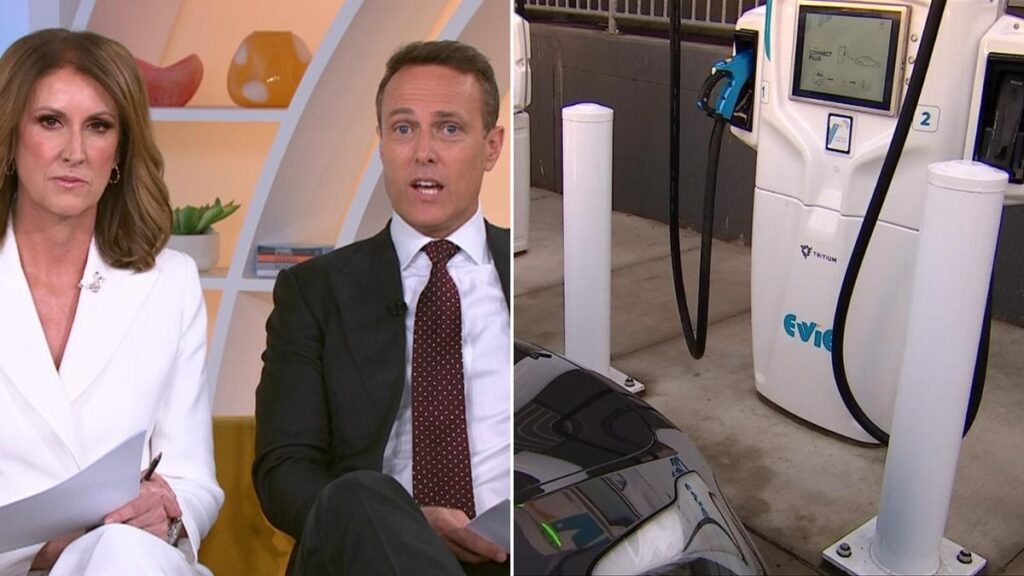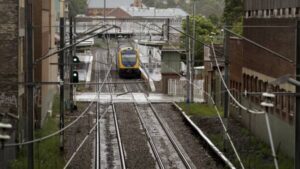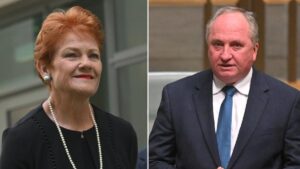
The push for electric vehicles (EVs) in Australia faces significant skepticism as experts question the government’s target of having half of all new cars sold be electric by 2035. In a recent segment on Sunrise, host Matt Shirvington engaged with James Voortman, Chief Executive of the Australian Automotive Dealer Association, to discuss the feasibility of this ambitious goal amidst stagnant EV sales and infrastructure challenges.
Voortman expressed doubt regarding the target, stating, “That’s the million-dollar question. Will we be able to sell the number of EVs to enable the government to meet its targets?” He indicated that dealers are not optimistic about achieving such a high percentage of EV sales in the near future. While acknowledging the increasing availability of electric vehicles, he noted that consumer demand has not followed suit due to concerns about charging infrastructure, vehicle convenience, and cost factors.
Australia’s vast geography complicates the EV transition further. With only 2,000 charging stations nationwide, many potential buyers, especially those in rural and regional areas, are hesitant to switch to electric vehicles due to the distances involved in daily commuting and the lack of accessible charging options. Voortman pointed out that these consumers are unlikely to adopt EVs anytime soon.
The discussion also highlighted the broader implications of EV infrastructure in Australia. Paul Maric, a contributor from CarExpert, criticized the current state of charging facilities, stating that “infrastructure in Australia absolutely sucks.” He emphasized that potential road trips could be thwarted by non-functional chargers, complicating the decision for consumers considering electric vehicles.
Voortman addressed additional factors influencing consumer hesitance, including resale value and the rapid pace of technological changes in the automotive sector. He remarked, “Put yourself in the position of an EV buyer. Do you want to buy technology today that might not be as good as the vehicle coming out in the next two years?” This uncertainty contributes to the depreciation concerns for EV buyers, making traditional petrol or diesel vehicles appear more appealing.
These issues are not entirely new; Voortman referenced similar challenges faced during the rise of hybrid vehicles. He noted that navigating the transition to a predominantly electric fleet will take time, requiring significant development of the necessary infrastructure.
In light of the government’s $40 million investment in charging stations, there are calls for a more organic approach to stimulate demand for electric vehicles before committing to further subsidies. Maric pointed out the government’s annual expenditure of $500 million aimed at assisting Australians in purchasing electric cars, emphasizing that this spending occurs during a cost-of-living crisis. “It’s absurd to think how much money we are spending on this if people don’t actually want to be driving these vehicles,” he added.
The discussion on Sunrise encapsulates a critical moment in Australia’s EV journey, shedding light on the complex interplay between government policy, consumer readiness, and infrastructure readiness. As the nation grapples with its ambitious emissions targets, the insights from industry leaders highlight the challenges ahead in making electric vehicles a mainstream choice for Australian motorists.






